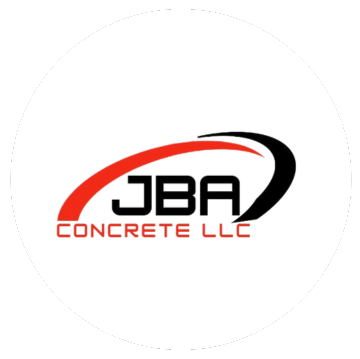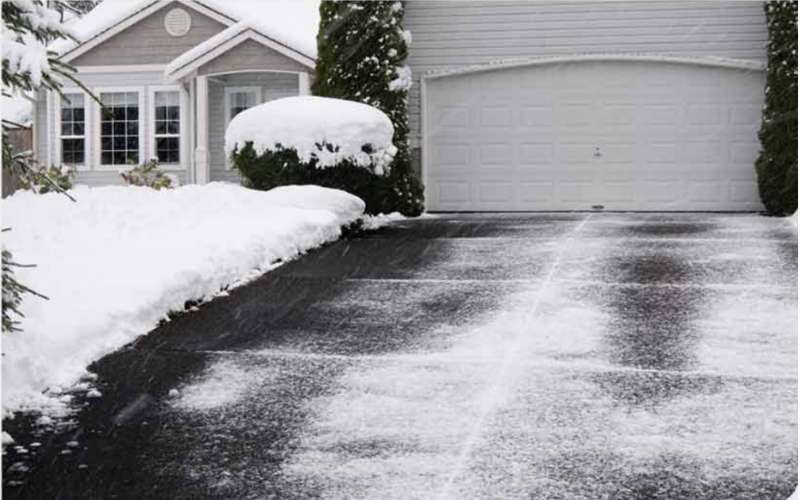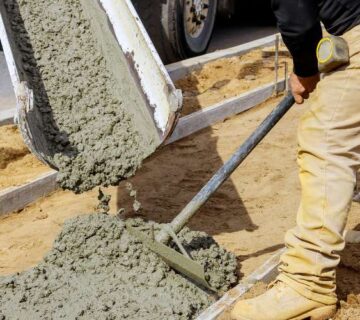Concrete surfaces often face tough challenges, especially during colder months. The Impact of Salt on Concrete Surfaces and How to Protect Them is a topic many homeowners encounter as salt is commonly used to prevent icy conditions. Have you ever noticed your driveway or sidewalk deteriorating faster than expected? Salt might be to blame. Understanding how salt affects concrete can help you take proactive steps to ensure its longevity and protection.
How Salt Affects Concrete and Effective Protection Methods
Salt is a common tool for dealing with icy sidewalks and driveways, but it has its downsides. The Impact of Salt on Concrete Surfaces and How to Protect Them can’t be overstated, as it causes significant damage to these surfaces over time. Let’s dive into how salt interacts with concrete and what steps you can take to avoid long-term problems.
How Does Salt Damage Concrete?
When salt, particularly sodium chloride, is spread on concrete, it melts ice by lowering the freezing point. However, this process introduces water into the concrete’s surface, which then refreezes during colder temperatures. The repeated cycle of freezing and thawing causes the concrete to expand and contract, leading to cracks and surface deterioration. Over time, this accelerates wear and tear, weakening the structure of the concrete.
The Science Behind Salt and Concrete
Salt isn’t directly harmful to the concrete itself. The issue arises when salt allows water to penetrate the concrete’s porous surface. Once inside, the water expands as it freezes, creating internal pressure. This pressure can lead to cracks, spalling (surface flaking), and even larger structural problems if left unchecked.
Transitioning to a salt-free alternative can reduce the chances of these issues arising, but for areas where salt use is necessary, there are methods to limit the damage.
Protecting Concrete from Salt Damage
To mitigate The Impact of Salt on Concrete Surfaces and How to Protect Them, there are several protective measures that homeowners can take:
- Sealing the Concrete: One of the best ways to protect your concrete is by applying a high-quality concrete sealer. Sealers create a barrier that helps keep water and salt from penetrating the surface. Regular sealing, especially before winter, is essential.
- Use Sand or Kitty Litter: Instead of salt, consider using sand or kitty litter. These materials don’t melt ice but provide traction without the damaging effects of salt. They are safer alternatives that reduce the risk of concrete damage.
- Choose Concrete-Friendly Deicers: If you must use a deicer, opt for products that are labeled as concrete-safe. Calcium magnesium acetate (CMA) is a popular choice because it is less corrosive than traditional salt.
Best Practices for Applying Sealers
When protecting concrete surfaces, applying sealers is crucial. However, it’s important to follow a few best practices to ensure maximum effectiveness:
- Clean the Surface First: Before applying a sealer, ensure the concrete is clean and dry. Dirt or moisture trapped beneath the sealer can compromise its ability to protect the surface.
- Reapply Regularly: Most sealers need to be reapplied every two to three years to maintain their effectiveness. Keeping a schedule will help you stay on top of protection.
- Cover All Areas: Pay attention to driveways, walkways, and patios—these areas are most frequently exposed to salt and water. Don’t neglect the edges, which are often more susceptible to damage.
Signs of Salt Damage
It’s important to catch salt damage early to prevent further deterioration. Here are a few signs to watch for:
- Cracks: Small hairline cracks can expand if ignored. These cracks are typically the result of freezing and thawing cycles.
- Surface Flaking: Also known as spalling, this occurs when the top layer of concrete peels away. It often starts as small flakes but can become a significant issue.
- Discoloration: White or grey patches on the concrete surface may indicate salt deposits, which can lead to further deterioration.
Repairing Salt Damage
If you notice damage, it’s crucial to take action. Small cracks can be filled with a concrete patching compound, but larger structural damage might require professional repair. Addressing these problems promptly will prevent them from worsening.
Preventing Future Damage
In addition to sealing and using concrete-friendly deicers, here are a few more tips to help protect your concrete surfaces:
- Install Drainage Solutions: Ensure water doesn’t pool on your concrete surfaces. Proper drainage will reduce water infiltration and minimize damage from freezing and thawing cycles.
- Cover Your Driveway in Winter: For additional protection, consider covering driveways with mats or plastic sheeting when severe weather is forecasted. This can help prevent salt from directly contacting the concrete.
Protect Your Concrete and Ensure Its Longevity
By understanding The Impact of Salt on Concrete Surfaces and How to Protect Them, you can take the necessary steps to maintain your concrete’s strength and appearance. Whether it’s through sealing, using alternative deicers, or making quick repairs, proactive maintenance can save you time and money in the long run. Ready to protect your concrete? Contact us today to learn more about our concrete protection and repair services, and keep your surfaces in top shape for years to come!





No comment